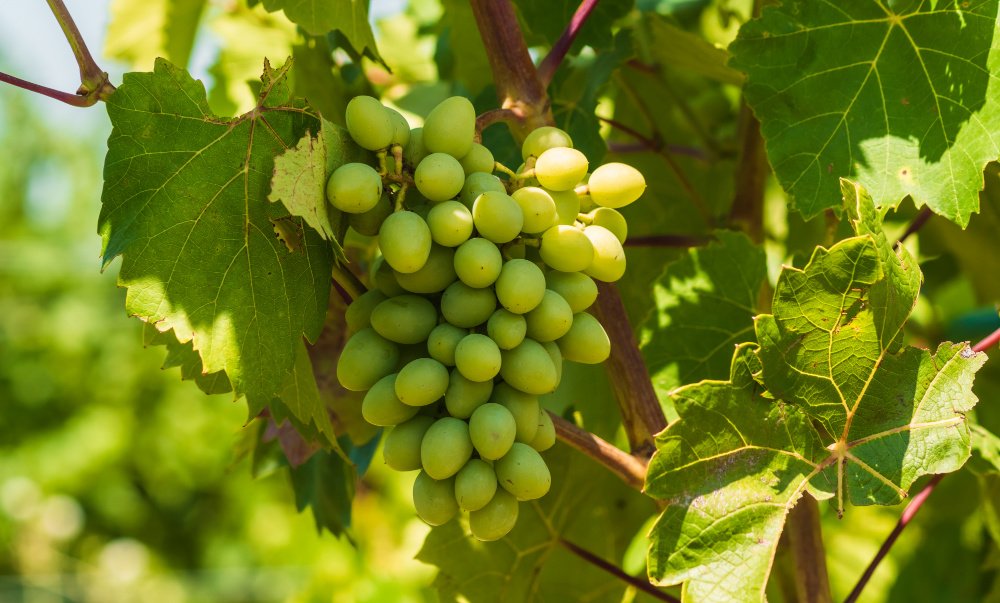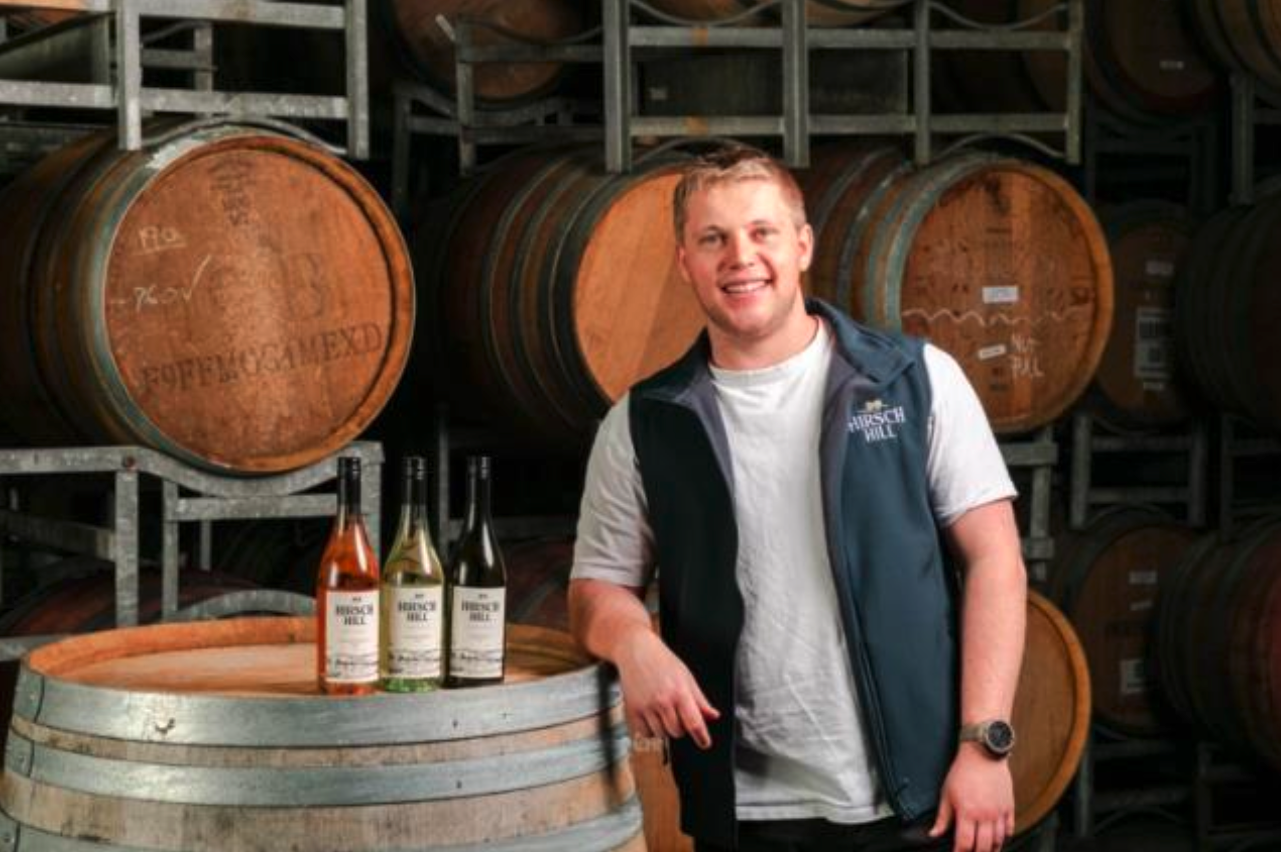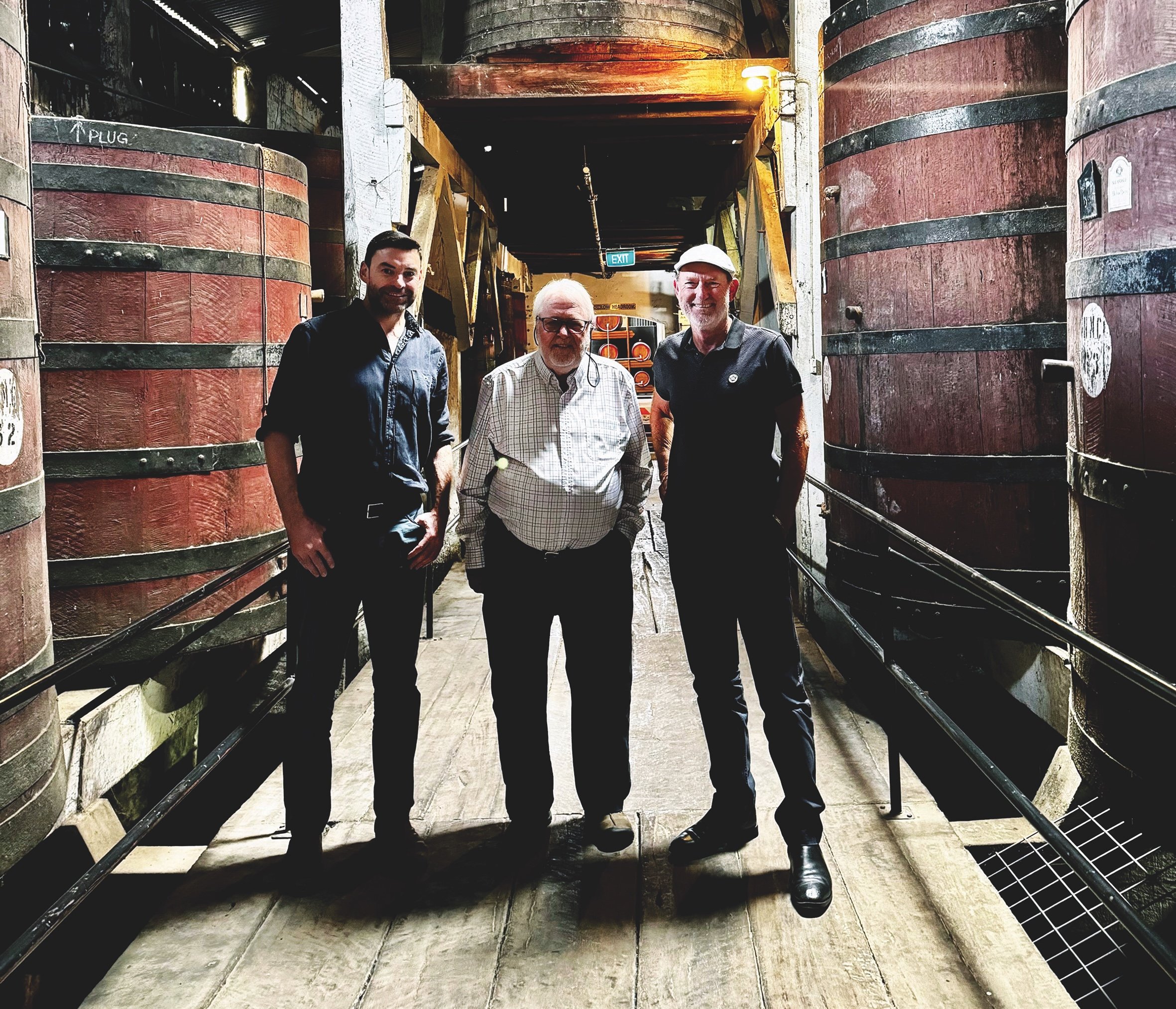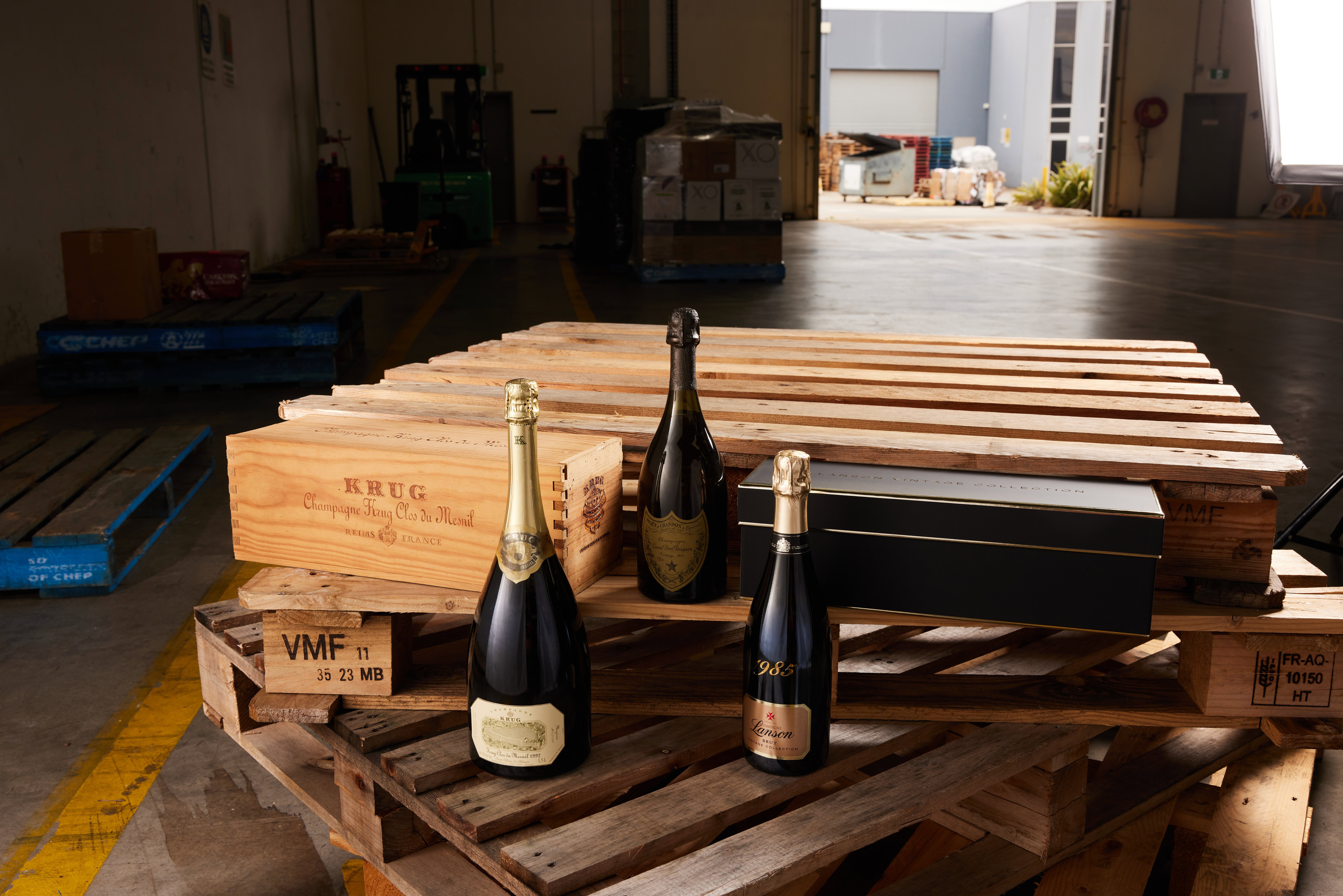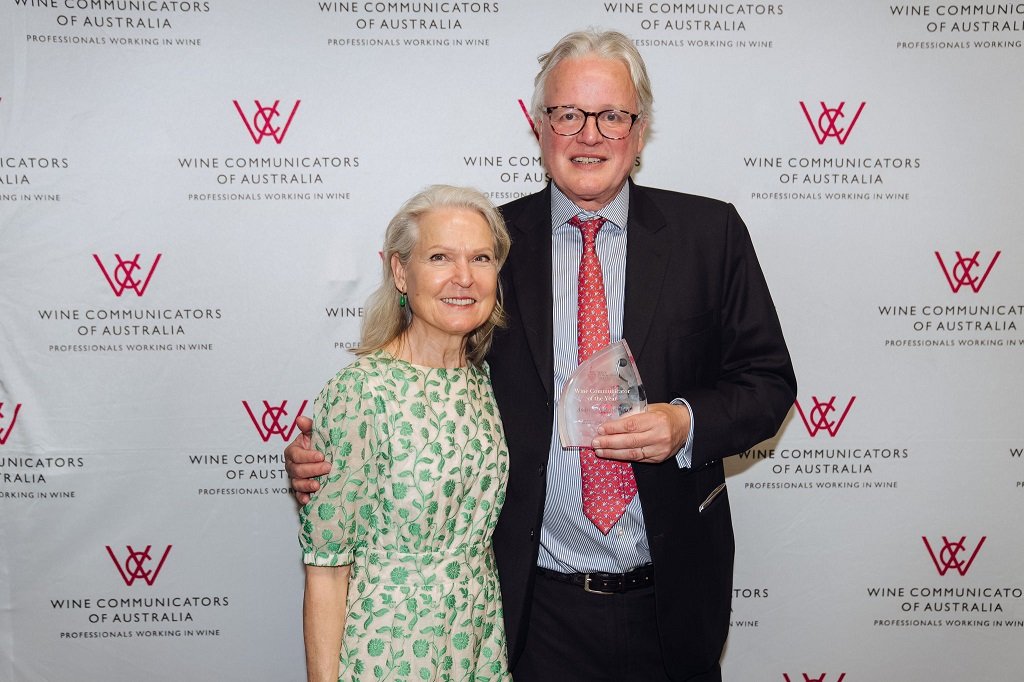Wine Australia has released an Emissions Reduction Roadmap for the Australian grape and wine sector, developed in partnership with global sustainability advisory Edge Impact and grape and wine community members.
The Roadmap outlines what Wine Australia calls “effective and practical” steps to reduce carbon emissions by more than 40 per cent by 2030, providing an industry-endorsed and science-backed pathway to reducing carbon emissions across the Australian grape and wine sector.
Dr Sharon Harvey, Senior Research and Innovation Program Manager at Wine Australia, said the Emissions Reduction Roadmap is a starting point for Australian grape and wine businesses to decarbonise, and reflects Wine Australia’s commitment to safeguarding the future of Australian wine.
“Wine regions around the world are facing production challenges as a result of climate change, and global action towards a lower carbon future is accelerating. We all need to consider the emissions cost of our products to reduce our impact on the climate and to ensure access to key markets in the future.
“Backed by science, our Roadmap identifies the current footprint of the Australian grape and wine sector, the key areas where emissions reduction can be achieved, and it provides practical steps for growers, winemakers, and other members of the value chain to start or further reduce emissions from today,” said Dr Harvey.
The Emissions Reduction Roadmap outlines 11 initiatives that lead to cost savings and reduced emissions in the vineyard, the winery, and the supply chain. Dr Harvey said the modelling will give wine producers the confidence that they can achieve a 42 per cent reduction in emissions by 2030 if implemented.
“With the initiatives modelled in the Roadmap, we can have confidence that there is a 42 per cent reduction opportunity that can be achieved by 2030. However, we will also review the Roadmap at intervals leading up to 2030, and beyond, to see how we are tracking and to ensure that we take advantage of new innovations to support the sector’s goal of net zero emissions,” she said.
The Roadmap gives producers the data needed to inform business decisions to reduce, and eventually eliminate, the use of fossil fuel vehicles, how to operate efficient production sites powered by renewable electricity, optimising low emissions transport and distribution networks, and collaborating with the wine supply chain to reduce emissions from high emitting materials and services.
Lachie Thomas, Environment & Vineyard Research Analyst from Tahbilk Winery in Central Victoria, was one of the industry members involved in developing the Roadmap. He said the outcomes of the Roadmap help identify a clear pathway to continue the winery’s work and is excited to see a clear path laid out for the sector.
Even though Tahbilk Winery has invested in emissions reduction activities for over 20 years, Thomas said the Roadmap is an invaluable resource for wineries adapting to climate change.
“With the sector rapidly embracing change towards a low emissions future, resources such as the Roadmap provide important information to wine businesses that supports them to adapt and embrace this future. “
There is keen interest from across the sector into how businesses can become involved in emissions reduction projects. This Roadmap helps provide clear guidance and direction to companies so that they can understand the opportunities they can implement to meet the strong emissions reduction targets of 2030,” he said.
An Emissions Reduction Guide accompanies the Emissions Reduction Roadmap, a reference manual that grape growers and winemakers can use to take action in their own businesses.
“I encourage everyone in the industry from around Australia to look at the Roadmap’s resources and sign up to the network, so we can work together as a community to share knowledge, resources, and best practices. By doing so, we can drive real change and ensure the long-term success of our sector,” said Dr Harvey.
Stay up-to-date with the latest industry news with the Drinks Trade e-newsletter.
Share the content
